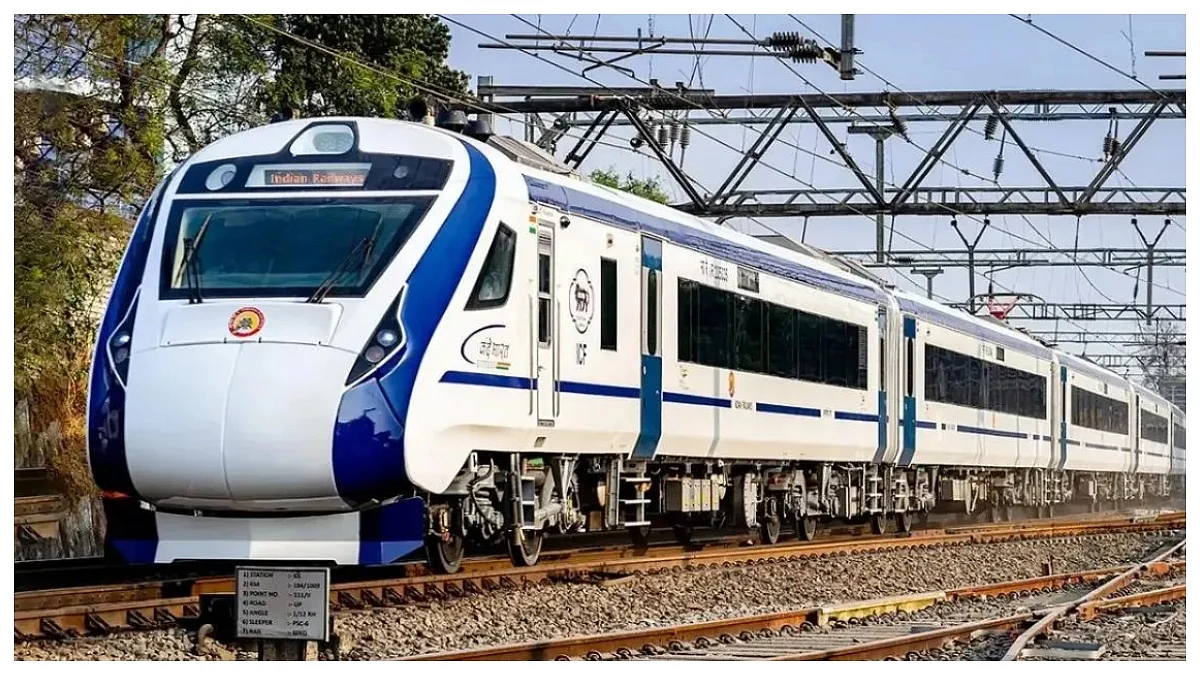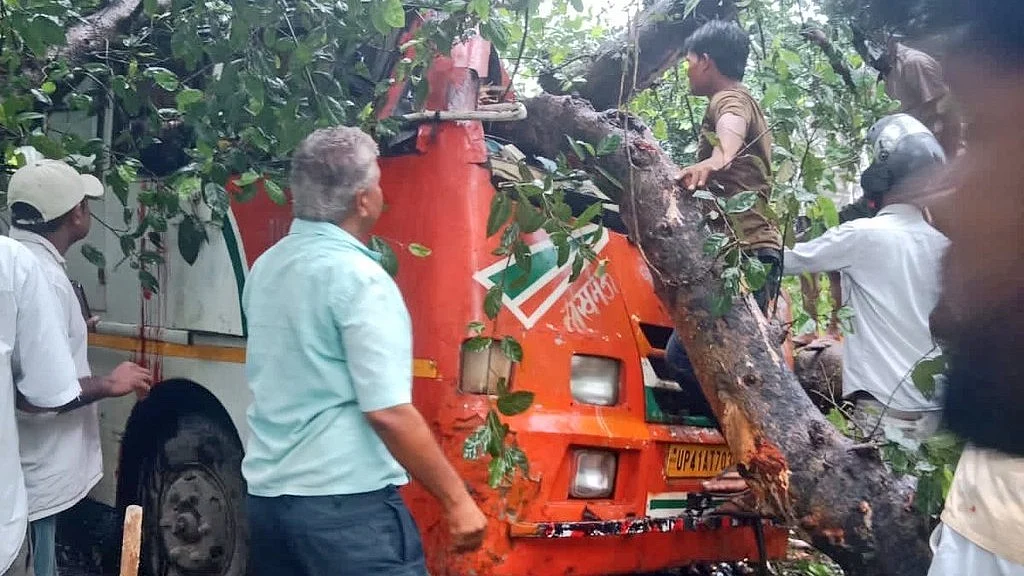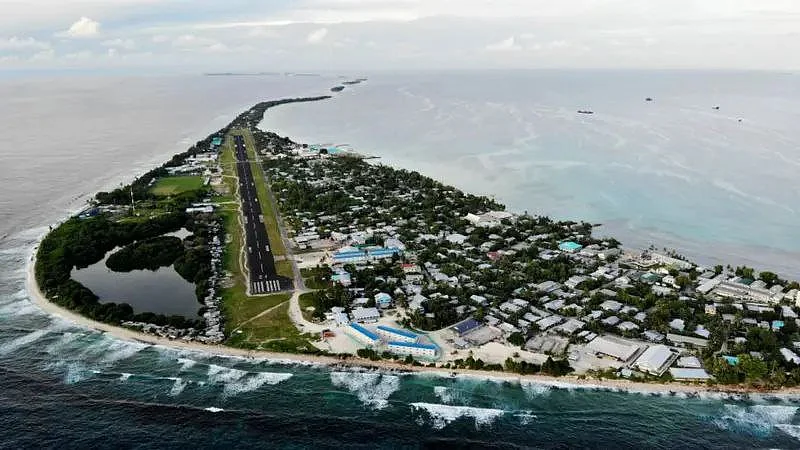India is witnessing a renewed rise in COVID-19 infections, with active cases nearing the 4,000 mark. According to data released by the Union Health Ministry on Monday, June 2, the number of active cases rose to 3,961, up from 3,758 the previous day.
Experts have attributed this uptick to the fast-spreading NB.1.8.1 and LF.7 variants currently circulating across several states.
States On Alert as Infections Spike
As per the data, West Bengal saw the sharpest rise, adding 82 new infections within 24 hours. Delhi recorded 47 fresh cases, pushing its active tally to 436, while Gujarat crossed the 300 mark. Kerala remains the worst-hit, with over 1,400 active cases. Maharashtra follows with 485 infections and seven reported deaths to date.
Kerala and Karnataka also confirmed two additional fatalities over the weekend, raising India’s death toll since January 2025 to 28.
Health officials are advising high-risk groups, particularly the elderly and unvaccinated with pre-existing conditions, to exercise extra caution. “We are closely monitoring the variants NB.1.8.1 and LF.7. There is no need for panic, but we do urge people to avoid crowded spaces if they’re symptomatic," a senior official told The Indian Express.
Symptoms, Warnings, and Public Guidance
While hospitalisations remain low, the government has flagged typical symptoms of these new variants, which include fever, throat pain, nausea, and digestive discomfort. Officials have also recommend undergoing an RT-PCR test if symptoms persist beyond four days.
A health ministry spokesperson told Hindustan Times, “Medical infrastructure is well-equipped to manage a rise in cases. We are prepared.”
In contrast to national trends, some states like Sikkim have reported only a handful of cases, underscoring the uneven spread of the virus.









